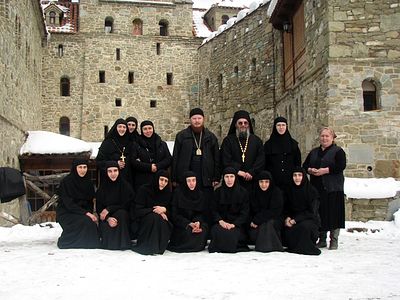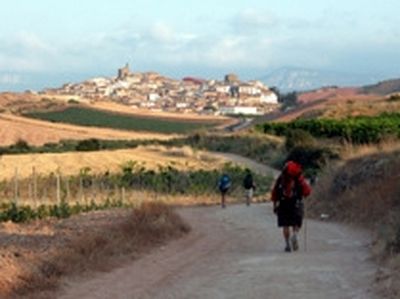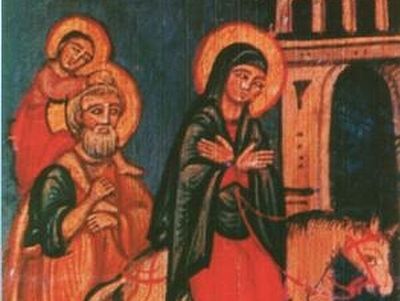Santiago, December 19, 2013
A revival of the Way of St. James pilgrimage is ongoing. This year around 215,000 believers have walked this route, which has been added to the UNESCO World Heritage list. The year 2013 has become one of the richest in pilgrims in the whole history of the way.
Such a great number of pilgrims had never been met before in towns and on roads leading to Santiago—without regard for "Holy Years".
Information on the approximate number of pilgrims is published annually by the bureau of pilgrims, which issues "Compostela certificates" to all those who show a pilgrims' passport, where the whole route (at least 100 kilometers) is marked by stamps (at least two stamps per each day of the journey). In addition, several million believers come to Santiago itself every year to venerate what tradition holds to be the relics of St. James.
It is also known that only 85% of the walking pilgrims and 14% of those who prefer to cover the distance by bicycle, apply for a certificate.
This year most of the pilgrims preferred the main route to Santiago de Compostella, stretching to the Galician capital for nearly 780 kilometers from the French Pyrenean foothills through the cities and towns of Saint-Jean-Pied-de-Port, Pamplona, Burgos, and Leon. The number of pilgrims has increased on the so-called north route, that runs through the Spanish Atlantic coast, as well as the "Portuguese route" through the Portuguese-Spanish border and Tui.
The statistics of passing St. James Way over the last forty years has changed radically. In 1970, only 68 pilgrims were recorded. In St. James' years--1971 and 1976--451 and 243 pilgrims walked the route respectively. There was a dramatic rise in 1993 (99,436 pilgrims), when the UNESCO declared the French route a World Heritage. Since then over 150,000 pilgrims have walked the Way of St. James in the years devoted to the saint. The greatest number in all of modern history was registered in 2010: 272,703 pilgrims.




